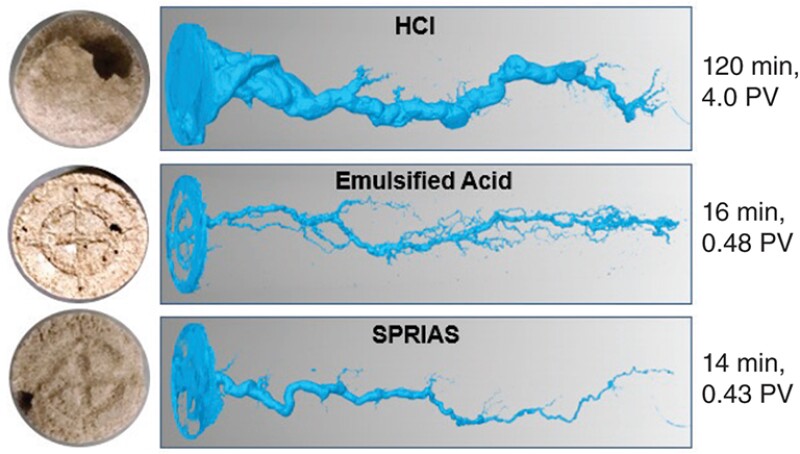Emulsified acid is one of the preferred choices among retarded-acid options used in Middle East high-temperature carbonate producers. However, it also brings operational complexities. The recent introduction of a single-phase retarded inorganic acid system (SPRIAS) has enabled stimulation with the same benefits as those of emulsified acids while eliminating its drawbacks. A newly drilled oil producer in one of the largest carbonate fields onshore Middle East was selected for pilot implementation of the SPRIAS. The experience gained with this pilot well confirmed the SPRIAS as a reliable option to replace emulsified acids in the region.
SPRIAS
The SPRIAS has the dissolution capacity of hydrochloric acids (HCl) of similar concentration.
×


Continue Reading with SPE Membership
SPE Members: Please sign in at the top of the page for access to this member-exclusive content. If you are not a member and you find JPT content valuable, we encourage you to become a part of the SPE member community to gain full access.

